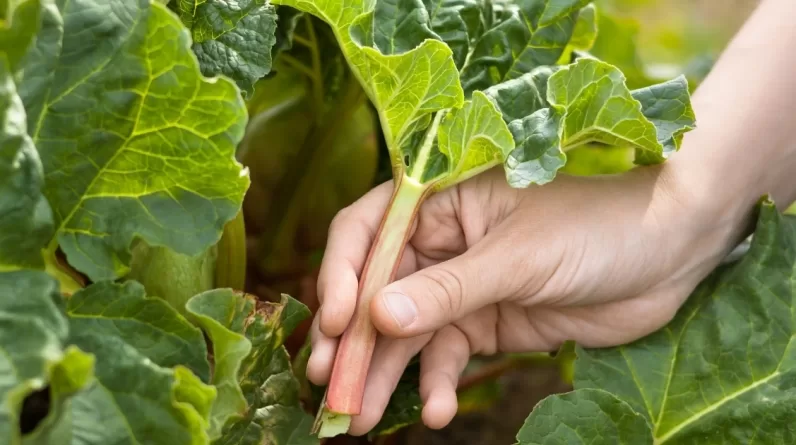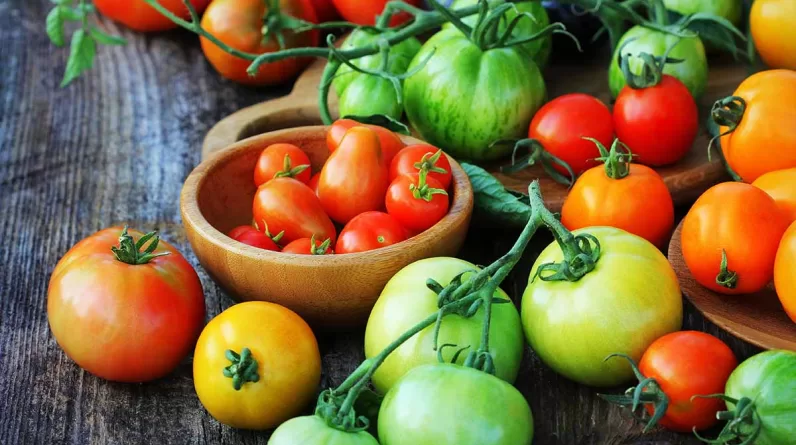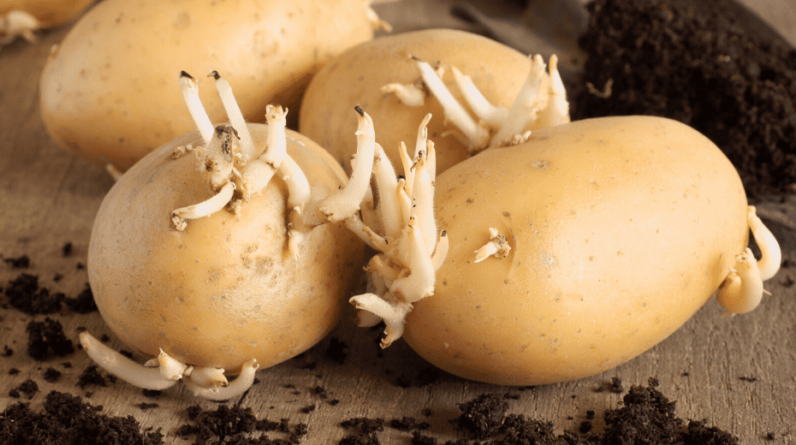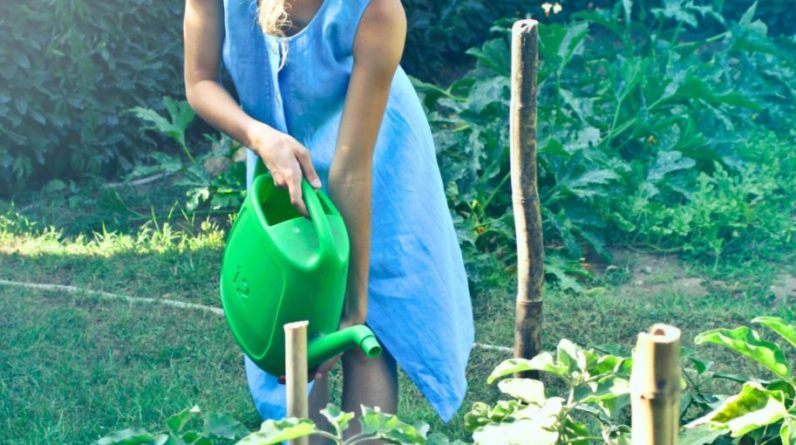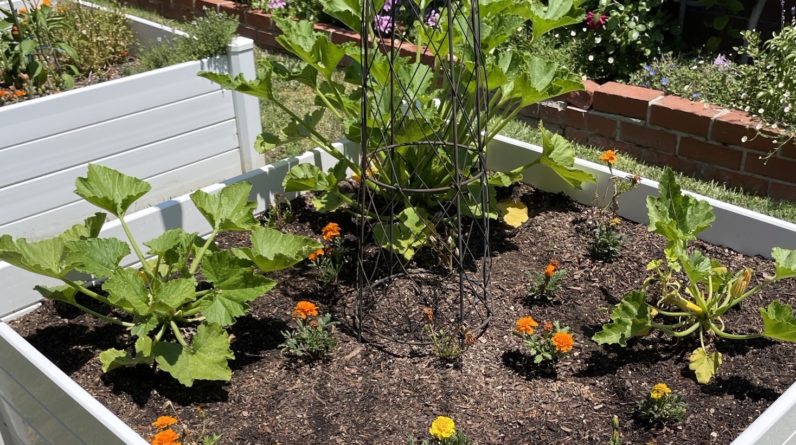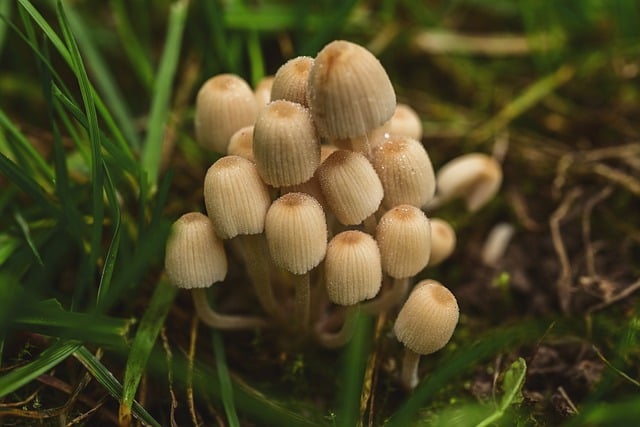Of all the new edible plants available on the horticultural market, cucumbers will undoubtedly be the stars of vegetable gardens this summer!

1. ‘Crystal Apple’
This heirloom variety of cucumber was introduced to the United States in the 1930s by Arthur Yates and Company, an Australian horticultural company. This oval-shaped cucumber, measuring no more than 8 cm in length, has a pretty, very pale green, almost white skin. The fruits of ‘Crystal Apple’ have a slightly sweet flavor as well as a texture that is both crispy and tender.
2. ‘Tondo Massafra’
Looking at this vegetable, one is entitled to wonder if it is a cucumber or a melon. This vegetable plant, called carosello in Italy – where it has been cultivated since the 17th century – is a melon cucumber. Although their fruits have the typical cucumber taste, the genetics of carousels are closer to those of melons. This ancestral variety produces spherical or oval fruits with dark green peel marked with pale green longitudinal furrows. The inside of the fruit is made up of delicious, compact white flesh without bitterness. The harvests are abundant and early.
3. ‘White from Holland’
This old variety of cucumber is mentioned in the book entitled Complete Course of Agriculture published by Louis Vivien in 1835. This short cucumber has a very pale green, almost white peel.
4. ‘Lemon’
This cucumber cultivar produces an abundance of small, round, yellow fruits, very crunchy and tasty, with a slightly lemony hint, according to some enthusiastic gardeners. Often called lemon cucumber, this vegetable is particularly original and will give your vegetable garden an unusual look.
5. Armenian cucumber
The Armenian cucumber is considered by some specialists to be one of the most vigorous and productive varieties. Although it is, botanically speaking, a melon ( Cucumis melo ) such as cantaloupe, this plant is rather considered a cucumber since it has the taste and shape.
Fresh and tasty, the flesh of the Armenian cucumber is however less crunchy than that of the typical cucumber and is somewhat reminiscent of zucchini. Its peel is a very pale green with well-pronounced ribs. Although it is best to harvest them when they are small, they can also be harvested at a later stage – some Armenian cucumbers can reach almost a meter in length! – without the texture and taste quality of its flesh being too affected. On the other hand, fruits that are too large contain a lot of seeds which are rather tough and the production of large fruits exhausts the plant.
6. Cucumber from Sikkim
This is a unique cucumber with an incomparable taste! Discovered in 1848 by the famous English botanist Joseph Hooker in the Sikkim region, in the heart of the Himalayas, this heritage variety produces fruits with brown skins and crisp white flesh with a mild, slightly sweet flavor.
Harvesting can be done about two months after transplanting outdoors when the fruits reach 12 to 18 cm in length. The fruits can also be harvested younger when their peel is still yellow. Sikkimese cucumber can be eaten fresh or pan-fried with other vegetables.
7. Cucamelon
Halfway between the melon and the cucumber, the cucamelon is a small oval fruit no more than 5 cm long, produced by a climbing plant reaching no more than 1.50 m in height. Very easy to cultivate, this plant native to Mexico and Central America, already known at the time of the Aztecs, produces an abundance of small grayish-green fruits streaked with dark green all summer long, resembling miniature melons. The taste of cucamelon is reminiscent of cucumber with a slight hint of bitterness and, like the latter, it can be eaten raw, as an appetizer or salad, or preserved in vinegar as pickles.
TO TRY IN YOUR VEGETABLE GARDEN THIS SUMMER
Cucumbers that think they are melons, cucumbers with a lemon flavor, and varieties with white or brown skin, vegetable gardens planted with cucurbits will be more diverse than ever and will not fail to amaze us!
Many people wonder whether cucumbers should be sown indoors or outdoors. Since they are tropical plants requiring heat to grow and develop well, it is preferable to sow them indoors as is done for tomatoes, about three weeks before transplanting to the garden. However, sowing can also be done outside, directly in the ground, after the last expected frost, when the soil temperature is 15°C or more. Depending on the region, the end of May or the beginning of June is the best time to sow cucumbers.
If you are one of those who prefer potted cucumber plants purchased at a garden center, choose those that are compact and vigorous, a few weeks old, and, above all, free of diseases. Rather than opting for plants in boxes, we recommend choosing those presented in individual containers that are at least 10 cm in diameter to avoid having to separate them. This improves the chances of success during transplantation.
Don’t forget to acclimatize your cucumber plants to the outside temperature before planting them. This hardening-off period should begin a few days before planting. All you need to do is place your plants outside, protected from the afternoon sun, for a little longer each day.
Cucumber plants grow to impressive sizes and should be planted at a minimum distance of 60 cm from each other. Their stems can crawl on the ground, but it is also possible to make them climb a trellis.
Whether you grow them in a pot or the ground, cucumbers need plenty of sun and heat as well as soil rich in humus, light and cool. In containers, a potting mix based on compost, sphagnum peat moss, and perlite is perfect for them. Grow them in large pots, ideally black so that the temperature of the soil is rather high.
In the ground, you must make sure to mix a lot of compost with the existing soil, i.e. a few shovels per plant. You can also add a mycorrhizal fungus and fertilizer to the soil at planting time. Mix a few handfuls (100 ml per plant) of a slow-release granular natural fertilizer rich in nitrogen and potassium (formulation approximating 5-3-8) into the soil.

